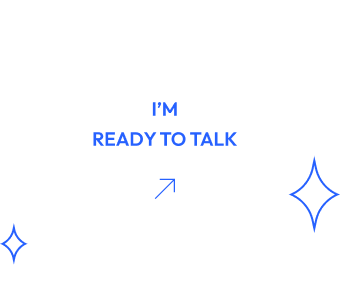Published: 10/1/2025
The Best Way to Prompt AI Tech Packs
Making a great tech pack with AI is all about how you prompt it. You don’t need to be technical — just give the AI the right info in plain text, and it will do the rest.
There are two main ways to prompt AI Tech Packs:
1. Using Product Information
This is the most precise way to create a tech pack. Think of it like “programming” your garment with details. The more you add, the smarter the results.
Include things like:
- Fabric info: is it cotton, polyester, or a blend? what’s the weight (for example 190 GSM)?
- Trims: what kind of buttons, zippers, or elastic?
- Printing or artwork: screen print, sublimation, embroidery?
- Construction details: stitch type (single jersey, 1x1 rib, overlock seams).
Example Prompt:
“Create a cardigan with 100% cotton, 190 GSM, single-jersey body, 1x1 rib cuffs and hem, and five silver buttons as trims. Use sublimation printing for the floral pattern.”
2. Pasting a Size Chart
To get sizing right, you can just copy and paste a size chart from a brand like Nike into your prompt. No need to reformat — the AI will read the measurement names (waist, hip, height, etc.) and map them automatically.
Important: Always make sure M (medium) is included in your chart.
- If M is missing, the AI assumes whatever measurements you gave belong to M.
- Without M, it can’t scale the rest of the sizes properly.
Best Practice: Provide your size chart in centimeters (cm).
- If your chart is in inches, the AI can convert it, but for 100% reliability and factory-ready results, stick to cm.
Example Prompt with Size Chart:
“Here is my men’s jogger design. Use fleece fabric, 300 GSM, with elastic waistband, rib cuffs, and two side pockets. Apply this Nike size chart to set the measurements:”
Men's Bottoms The measurements on the size chart are body measurements. Size XXS XS S S Tall M M Tall L L Tall XL XL Tall XXL XXL Tall 3XL 3XL Tall 4XL 4XL Tall Waist (cm) 57-65 65-73 73-81 73-81 81-89 81-89 89-97 89-97 97-109 97-109 109-121 109-121 121-133 121-133 133-145 133-145 Hip (cm) 72-80 80-88 88-96 88-96 96-104 96-104 104-112 104-112 112-120 112-120 120-128 120-128 128-136 128-136 136-148 136-148 Height (cm) <170 170-183 170-183 183-196 170-183 183-196 170-183 183-196 170-183 183-196 170-183 183-196 170-183 183-196 170-183 183-196
3. Using Natural Language
If you don’t have materials or charts yet, just describe what you want in plain English.
Example Prompt:
“I want to make a t-shirt for tall people to wear in the summer. It should be lightweight and breathable.”
The AI will then:
- Suggest good fabrics (like cotton blends or moisture-wicking polyester).
- Adjust proportions (longer body length for tall people).
- Generate a baseline tech pack you can refine later.
This isn’t as precise as using fabric plus size chart, but it’s a great way to get started.
4. Validating with the Tech Pack Assistant
Once your tech pack is generated, you can chat with the assistant to check for mistakes and improvements.
Ask questions like:
- Is this size chart okay?
- Do these measurements look good?
- Is this fabric the right choice for summer?
- What’s the most important thing I should fix?
The assistant acts like your second pair of eyes — giving you confidence before you send your tech pack to a factory.
Wrapping Up
There are two main ways to prompt AI Tech Packs:
- Precise mode: feed the AI product info plus a size chart.
- Natural mode: describe who the garment is for and what it should do.
Either way, always include M in your size chart and try to provide it in centimeters for the most reliable results. Use the assistant to validate your work before sending it off to production.



